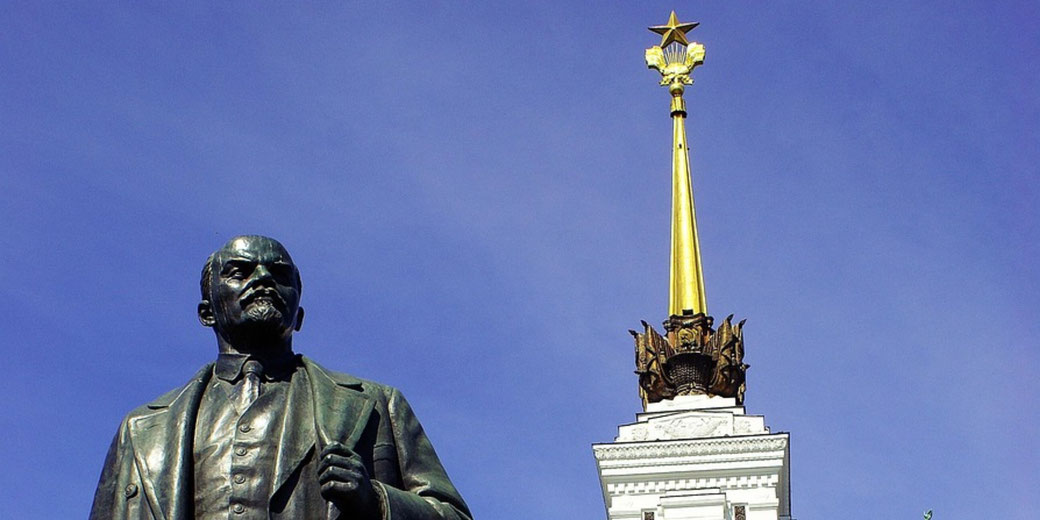Rise and fall of the Soviet Union: Lessons learned

Throughout the twentieth century, the Soviet Union was one of the most important and controversial forces in global history.
From its revolutionary birth out of the ruins of the Russian Empire to its sudden collapse in 1991, the USSR influenced international politics and economics, along with involvement in major wars for nearly seven decades.
The rise of this state presented an extreme option to capitalism, while its fall left the world uncertain about the future of rule based on strong political ideas.
The rise of the USSR
After the Bolshevik Revolution of October 1917, Vladimir Lenin and his supporters dismantled the remnants of the Russian Provisional Government and established a new regime based on Marxist principles.
By 1922, after years of civil war between the Red and White armies, the Union of Soviet Socialist Republics was formally created.
This new federation united several republics under a centralised communist government.
The early years of Soviet rule saw broad nationalisation, land redistribution, and the establishment of a one-party state under the control of the Communist Party.
Lenin’s New Economic Policy, introduced in 1921, briefly brought back market systems to address economic collapse but preserved state control over the main industries and resources.
After Lenin's death in 1924, Joseph Stalin gradually gained full power and, by the late 1920s, the Soviet state underwent rapid transformation.
Through a series of Five-Year Plans, Stalin forced industrialisation on a vast scale, which focused on heavy industry, military production and state-directed economic planning.
At the same time, collectivisation of agriculture led to widespread hunger, especially in Ukraine, where millions died during the Holodomor.
Political repression under Stalin grew, with purges, public trials and wide use of the Gulag labour camp system as central tools of control.
Despite the human cost, the USSR emerged as a major world power by the end of the Second World War.
Its role in defeating Nazi Germany and its post-war occupation of Eastern Europe expanded Soviet influence and brought it into direct competition with the United States.

Its dramatic fall
By the 1970s, the Soviet Union had reached the peak of its global power. It controlled a vast territory that stretched across Eurasia and maintained a group of controlled countries in Eastern Europe.
However, beneath the surface, economic stagnation and inefficient production, along with growing pollution in industrial areas and mounting military expenditure began to strain the system.
The planned economy had trouble meeting what people needed, and corruption flourished within the government structure.
When Mikhail Gorbachev became General Secretary in 1985, he introduced policies known as Perestroika, which was economic restructuring, and Glasnost, which was political openness.
These reforms were designed to modernise the Soviet economy and encourage transparency, but they triggered unintended consequences that made the internal breakdown happen faster.
Throughout the late 1980s, Gorbachev’s efforts to shift control away and ease censorship weakened the Communist Party’s grip on power.
As newly released information revealed past failures, including the Chernobyl disaster of 1986 and earlier political purges, public trust in the government weakened.
At the same time, nationalist movements grew in the Baltic republics, Ukraine, and the Caucasus.
The Warsaw Pact states in Eastern Europe broke away from Soviet control in a wave of revolutions during 1989.
The failed August Coup in 1991, launched by hardliners within the party to remove Gorbachev, marked the final stage of the collapse.
On 25 December 1991, Gorbachev resigned, and the Soviet Union ceased to exist the next day.
Its member republics declared independence, and the Russian Federation inherited its seat on the United Nations Security Council.
What can we learn from this?
From the story of the Soviet Union’s rise, it is clear that rapid social and economic change can succeed in transforming a country into a major power, but only through very high cost.
Centralised power without responsibility caused widespread suffering during collectivisation and the purges, combined with repression of dissent.
A focus on military strength and heavy industry over living standards damaged long-term stability.
The USSR’s early achievements in space exploration and nuclear development accompanied rapid industrial growth but came with environmental disaster, strict censorship, and widespread human rights abuses.
The failure to permit criticism or adaptability weakened the regime’s ability to adapt to global and domestic conditions as they changed.
By examining its fall, the most important lesson concerns the risks of late reforms and the limits of single-party rule’s durability.
Gorbachev’s reforms, though well-intentioned, arrived too late to undo decades of institutional breakdown.
The release of information previously hidden from public view exposed the state’s long record of mismanagement and abuse.
Once the people could speak out and regional leaders sensed the chance to break free, the system quickly fell apart.
The Soviet experience shows that political systems must respond to economic and social needs.
Control built on fear and forced compliance cannot last indefinitely. Lasting stability requires open governments, rule of law, and an economy that meets people’s needs.
What do you need help with?
Download ready-to-use digital learning resources
Copyright © History Skills 2014-2025.
Contact via email
With the exception of links to external sites, some historical sources and extracts from specific publications, all content on this website is copyrighted by History Skills. This content may not be copied, republished or redistributed without written permission from the website creator. Please use the Contact page to obtain relevant permission.





